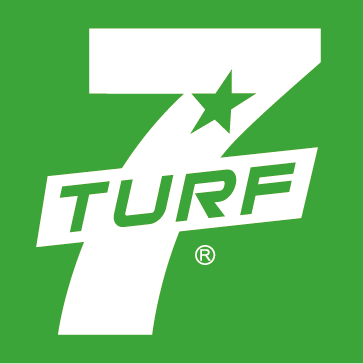The Intricate Process of Artificial Turf Manufacturing
Categories:News Author: author
Coating and Bonding
The journey of artificial turf begins with the crucial step of coating and bonding, as depicted in the first image. A specialized adhesive or coating material is carefully applied. This step is fundamental as it ensures the stability and durability of the turf. The adhesive serves to bind the individual turf fibers to the backing material, preventing them from shedding easily. High - quality adhesives are chosen for their resistance to weathering, UV rays, and mechanical stress, which are essential for the long - term performance of the artificial turf, especially in outdoor settings.
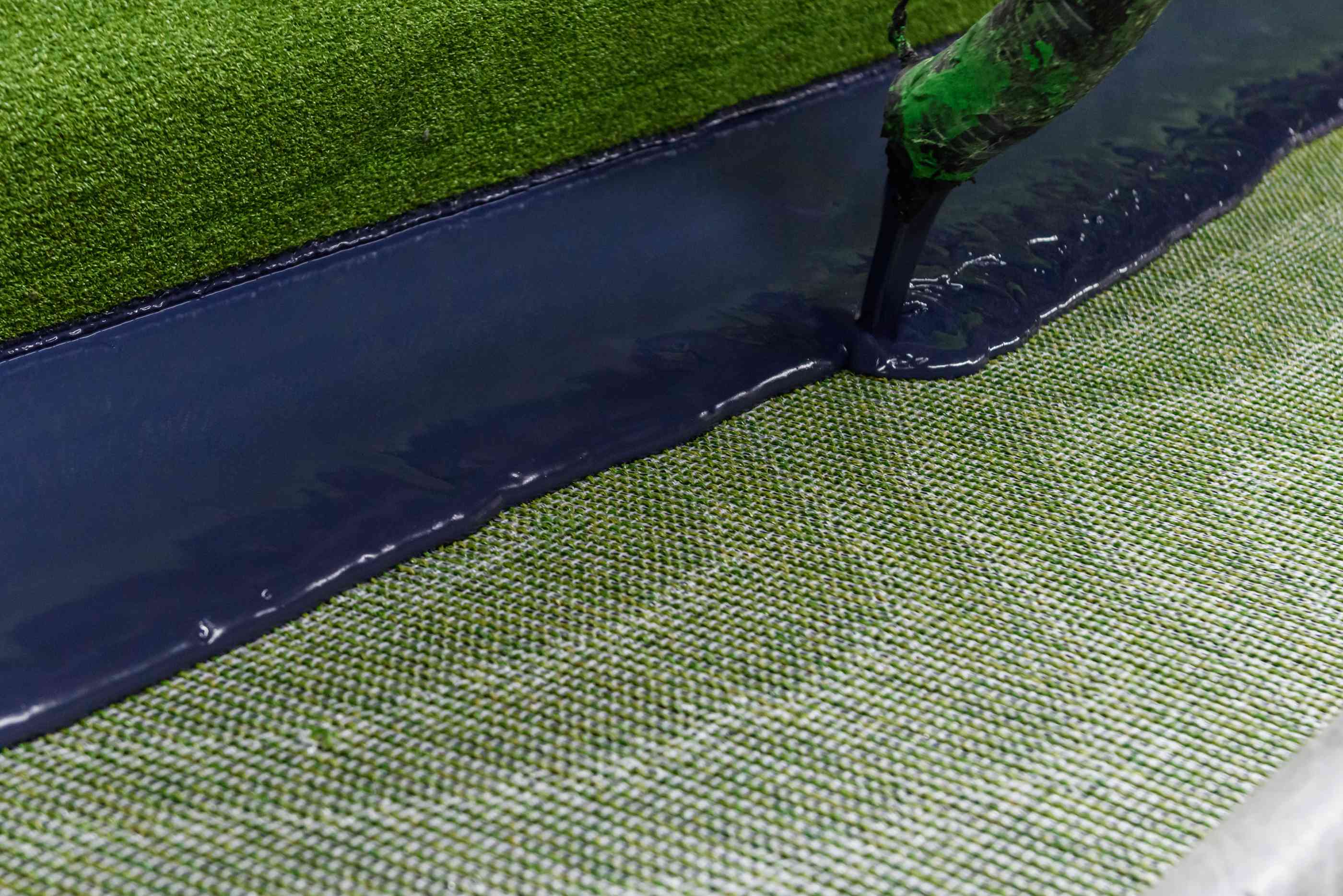
Weaving and Extrusion
Moving on to the machinery - intensive part of the process, as shown in the second image. Large - scale weaving and extrusion machines are employed. These machines are responsible for creating the base structure of the artificial turf. They weave together the synthetic fibers in a precise pattern, which determines the density and appearance of the final product. The extrusion process can also customize the shape and texture of the individual fibers. For example, some fibers are designed to mimic the look and feel of natural grass blades, with a slight sheen and a flexible texture.
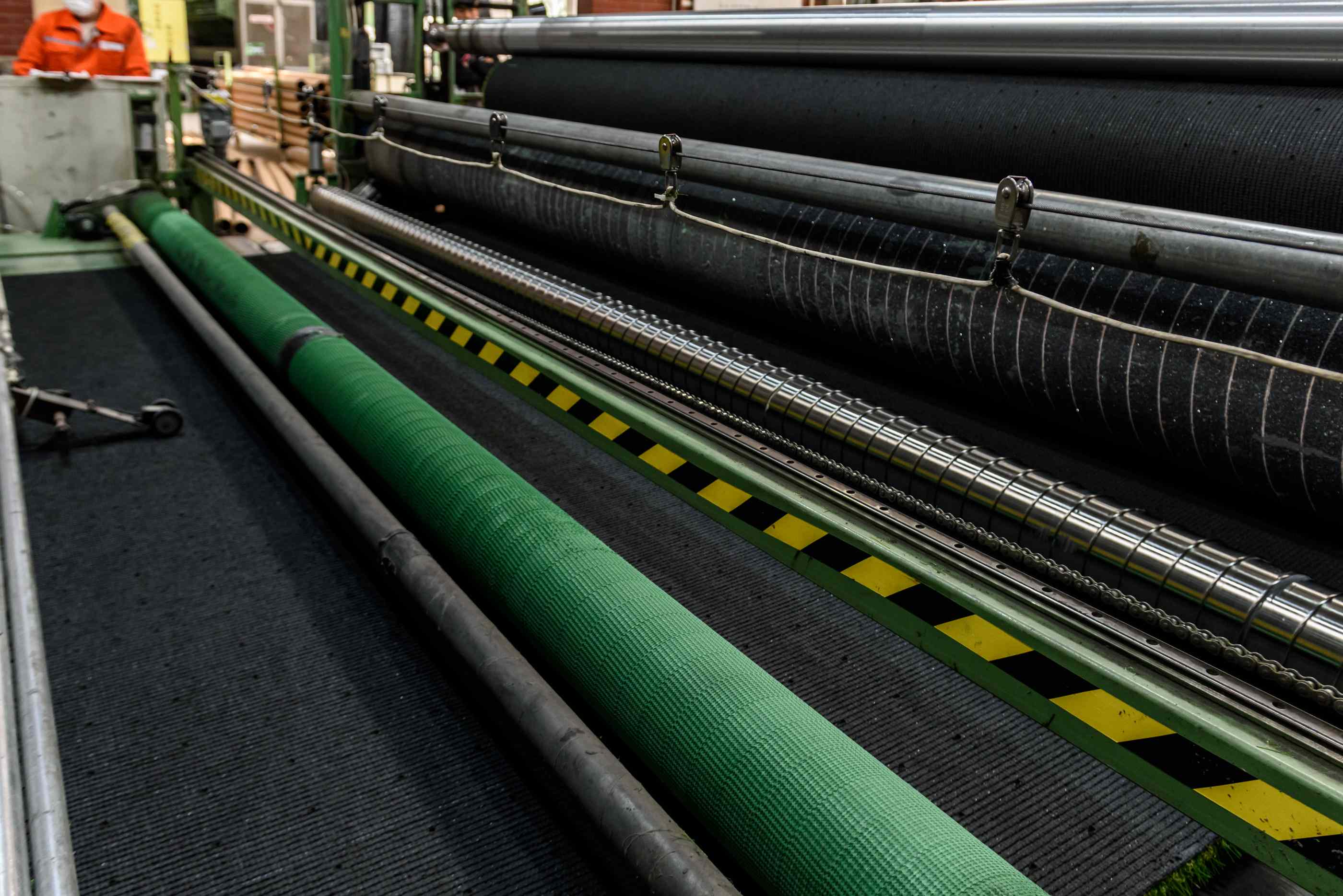
Tufting
The tufting stage, illustrated in the third and fourth images, is where the individual turf fibers are inserted into the backing material. Tufting machines use a series of needles to punch the fibers through the backing at regular intervals. This process requires meticulous calibration to ensure an even distribution of fibers across the turf surface. The density of tufting can be adjusted according to the intended use of the artificial turf. For sports fields, a higher tufting density is often preferred to withstand the rigors of intense physical activity, while for landscaping purposes, a slightly lower density may suffice.
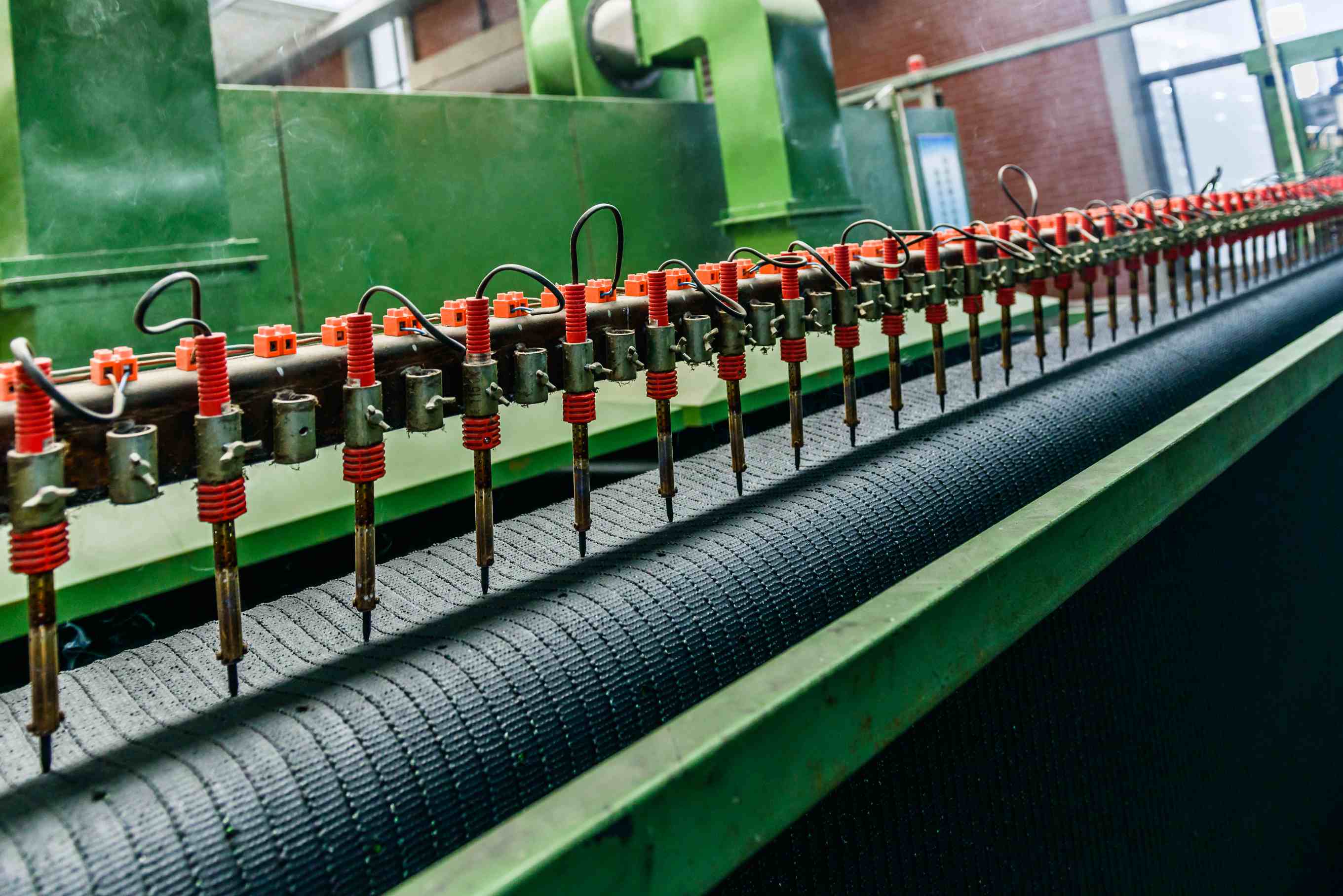
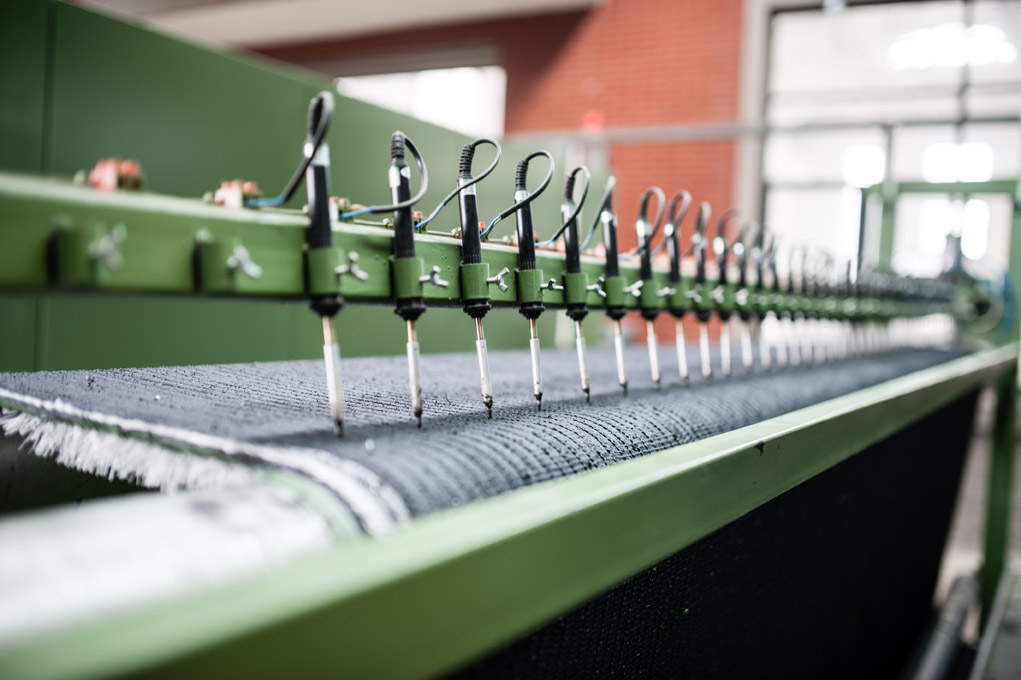
In conclusion, the manufacturing of artificial turf is a complex and multi - step process that combines scientific knowledge and engineering expertise. Each stage, from coating and bonding to weaving, extrusion, and tufting, plays a vital role in producing a high - quality, durable, and aesthetically pleasing product that can meet the diverse needs of modern.
